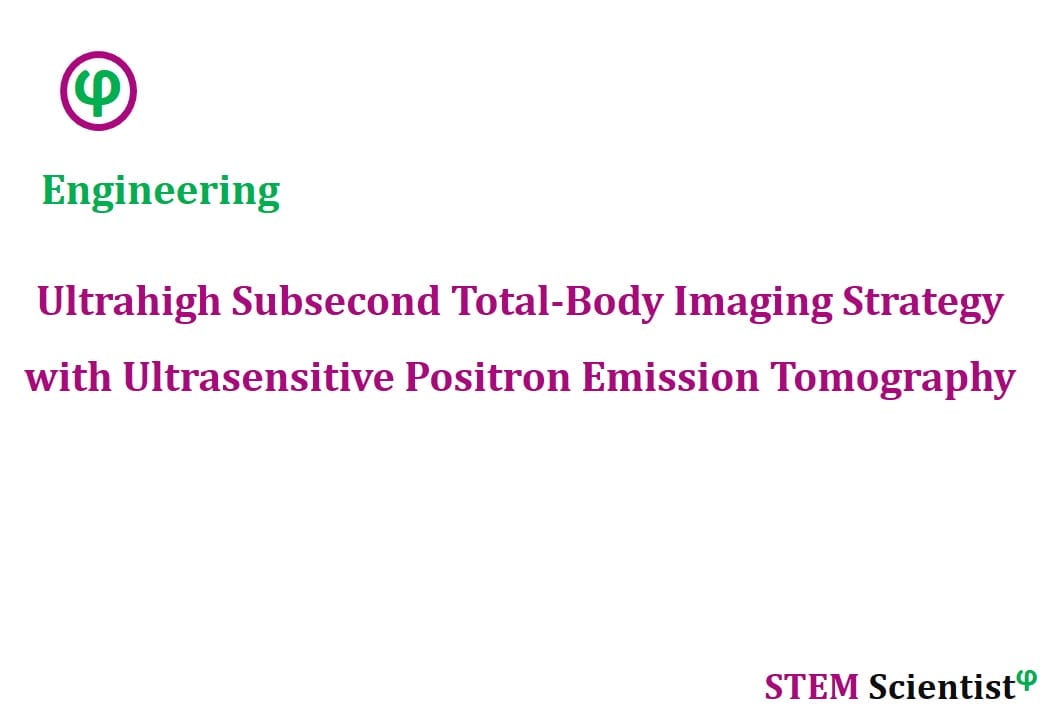
The following study was conducted by Scientists from University of California, Davis; Zhongshan Hospital, Fudan University, Shanghai, China. Study is published in Proceedings of the National Academy of Sciences Journal as detailed below.
Proceedings of the National Academy of Sciences (2020); 117(5): 2265-2267
Subsecond Total-Body Imaging Using Ultrasensitive Positron Emission Tomography
Abstract
A 194-cm-long total-body positron emission tomography/computed tomography (PET/CT) scanner (uEXPLORER), has been constructed to offer a transformative platform for human radiotracer imaging in clinical research and healthcare. Its total-body coverage and exceptional sensitivity provide opportunities for innovative studies of physiology, biochemistry, and pharmacology. The objective of this study is to develop a method to perform ultrahigh (100 ms) temporal resolution dynamic PET imaging by combining advanced dynamic image reconstruction paradigms with the uEXPLORER scanner. We aim to capture the fast dynamics of initial radiotracer distribution, as well as cardiac motion, in the human body. The results show that we can visualize radiotracer transport in the body on timescales of 100 ms and obtain motion-frozen images with superior image quality compared to conventional methods. The proposed method has applications in studying fast tracer dynamics, such as blood flow and the dynamic response to neural modulation, as well as performing real-time motion tracking (e.g., cardiac and respiratory motion, and gross body motion) without any external monitoring device (e.g., electrocardiogram, breathing belt, or optical trackers).
Source:
Proceedings of the National Academy of Sciences
URL: https://www.pnas.org/content/117/5/2265
Citation:
Zhang, X., S. R. Cherry, et al. (2020). “Subsecond total-body imaging using ultrasensitive positron emission tomography.” Proceedings of the National Academy of Sciences 117(5): 2265-2267.


